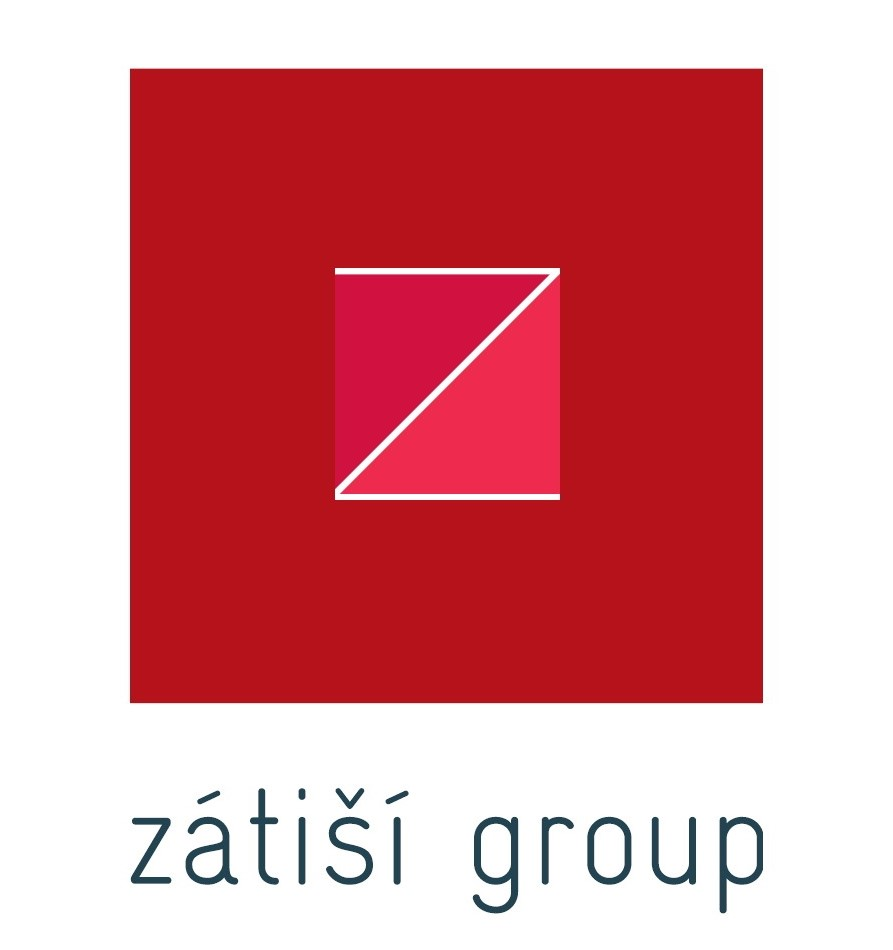Top Ten Themes in EMEA Real Estate for 2010: What is the ‘New Normal’?
18.03.2010Company: Amcham
Jones Lang LaSalle’s EMEA business leaders outlined their expectations for the real estate markets in EMEA in 2010 and sought to define the ‘new normal’ for the real estate sector. The message from the presenters at the Jones Lang LaSalle MIPIM media briefing was that though EMEA’s economies have turned a corner and are moving out of recession, they are not yet out of the woods and recovery across the region will be not be uniform or evenly paced. Crucially, there are a number of key drivers that will impact the pace and shape of recovery and which are defining the ‘new normal’.
ČESKÁ VERZE: Top 10 realitních témat pro rok 2010: Co je dnešní standard?
Christian Ulbrich, Jones Lang LaSalle EMEA CEO, said: “It is clear that we are in the process of redefining ‘normal’ for the real estate markets, not only in EMEA but globally, and we predict a number of key themes in EMEA this year. The availability of debt will be a major determinant of pricing this year, especially for tier two assets. Equity players will continue to dominate, but globalisation will result in a change in players and their demands. We see short term opportunities in government and the banking sector, though we expect these to evolve slowly. The traditional occupiers will be more selective and seek to manage their footprint more opportunistically, although the window of opportunity – meaning lower rents and record incentive packages – is limited. We expect to see some considerable supply shortages in pockets around Europe as competing developments will be very thin on the ground this year: there are opportunities for those developers who have the funding and foresight to start developing in the right locations now.”
Paul Guest, Head of EMEA Research at Jones Lang LaSalle, picked out exceptions to the new normal: “For investors property remains an attractive asset class in a world of low interest rates, high inflation and rising government debt levels and we believe there are enough potential buyers to push some EMEA markets out of line with fundamentals. The money is chasing very limited product in light of alternative asset returns. In the same way some occupiers, in particular retailers for example, are willing to pay over the odds to secure the best locations. At the same time, Europe is recovering unevenly, meaning that there will still be organic growth in some markets. After people costs, property is the second highest outlay for occupiers, so the slow recovery in the occupier markets is emphasising the need for them to deal proactively with this.”
Highlights from the Media Briefing
Banks: Risk pricing is set to remain high in 2010 which will restrict lending, affecting lots sizes, volumes and product availability. As banks work out the property they now hold they will create asset and property management opportunities. Charlotte Strömberg, CEO, Jones Lang LaSalle Nordics, commented: “The mantra of ‘extend and pretend’ which dominated in 2009 will continue this year but rising interest rates will force the banks to be selective about which loans they chose to extend. The Nordic experience from the early 1990s is proof that a gradual workout is healthier for the market in the long-term than the alternative.”
Government: The common theme for governments across Europe this year, despite upcoming elections in some countries, is the need to save money and cut debt. This will have a double impact on economic growth across the region, although the spending cuts will generate real estate disposal and advisory activity.
Changing Players: Whilst the market will remain equity driven, new players are emerging and there will be greater polarisation and differentiation between the best and worst performers. Charlotte Strömberg said: “We think that investors who proved themselves trustworthy and stuck to successful strategies in the downturn will be tomorrow’s winners and will attract an increasing share of capital flows.”
Globalisation: Savings are accumulating across the world, in particular in ‘high growth high potential’ markets such as China, India, Brazil, but also Australia and Canada. These high growth high potential markets, particularly Asian markets, will also attract more international capital, including capital from Europe, though this will not create a net outflow of European investment. Diversification benefits for Asian and other overseas investors will prompt them to look beyond their domestic markets for opportunities and key European markets such as London and Paris will always attract interest, whilst other European markets will also benefit.
Future Supply and Development: Supply dynamics across EMEA are disparate, resulting in a forensic approach to markets; it is not possible to generalise and occupiers have to consider their options very carefully and strategically. As a consequence the occupier ‘window of opportunity’ is closing sooner than anticipated. Tomasz Trzoslo, Head of Capital Markets in Central and Eastern Europe commented: “The shortage of supply created by a lack of development finance in light of risk aversion and the banking crisis will resolve itself over the medium to long term. However, equity rich developers should seek to develop into the gap just as the market turns to reap the benefits of providing product in a market which is experiencing shortages. That said, timing is vital and given macro uncertainties getting the timing right is difficult.”
Risk: With virtually limitless capital market liquidity, real estate risk used to be primarily a question of pricing. ‘New Normal’ means that suddenly whole countries, cities, locations, types of uses or tenant groups have seized up, irrespective of price, and liquidity replaces pricing as the main indicator of risk. With reduced debt availability, these markets will only unfreeze gradually, creating pricing opportunities for investors who can identify these markets and get their timing right.
Andreas Quint, CEO, Jones Lang LaSalle Germany, commented: “The gap between liquid and illiquid markets will persist throughout the year. But we may see some markets slowly regaining activity as investors reconsider their approach to risk. Spotting these opportunities early will be a key to success in 2010.”
Banking Regulation: Regulators’ appetite for increased regulation of real estate financing has, to date, been extremely limited. Andreas Quint said: “Future regulation is unlikely to focus on real estate financing. New property loans are secured by realistically priced, “real” assets, making them less risky than many other kinds of loans. Real estate may therefore even benefit if banks - in light of stronger regulation elsewhere - focus on driving growth in real estate financing. We think that securitization is likely to reappear, albeit in a more transparent manner than before.”
Landlord/Tenant Balance: The ‘normal’ requirement will change as the economy continues its shift from rapid to slow growth. Occupiers will use their existing space more heavily and we foresee smaller levels of take-up. As a result, there will be a rationalisation of firms’ real estate footprint and a change in formats. This is true for offices and retail, with residential perhaps the only ‘sustainable’ format. Tenants have held the balance of power for the past 18 months, but with little ability to transact due to economic and financial conditions. That window of opportunity will start to close quite quickly and it will not take too many deals to shift the balance of power back.







